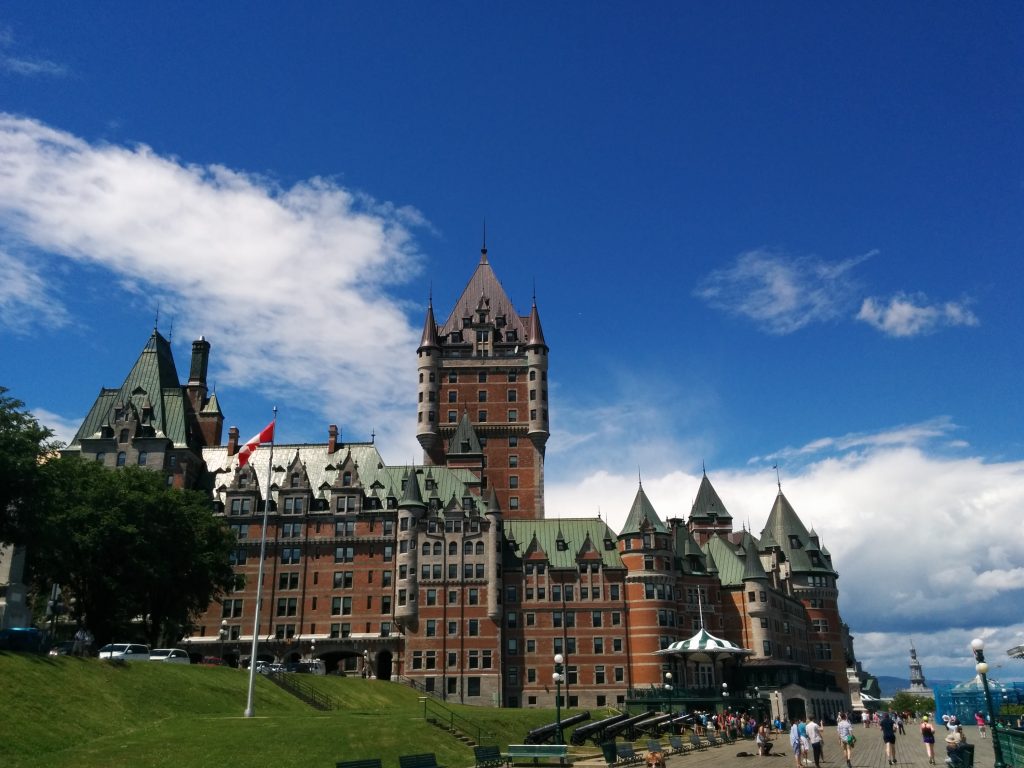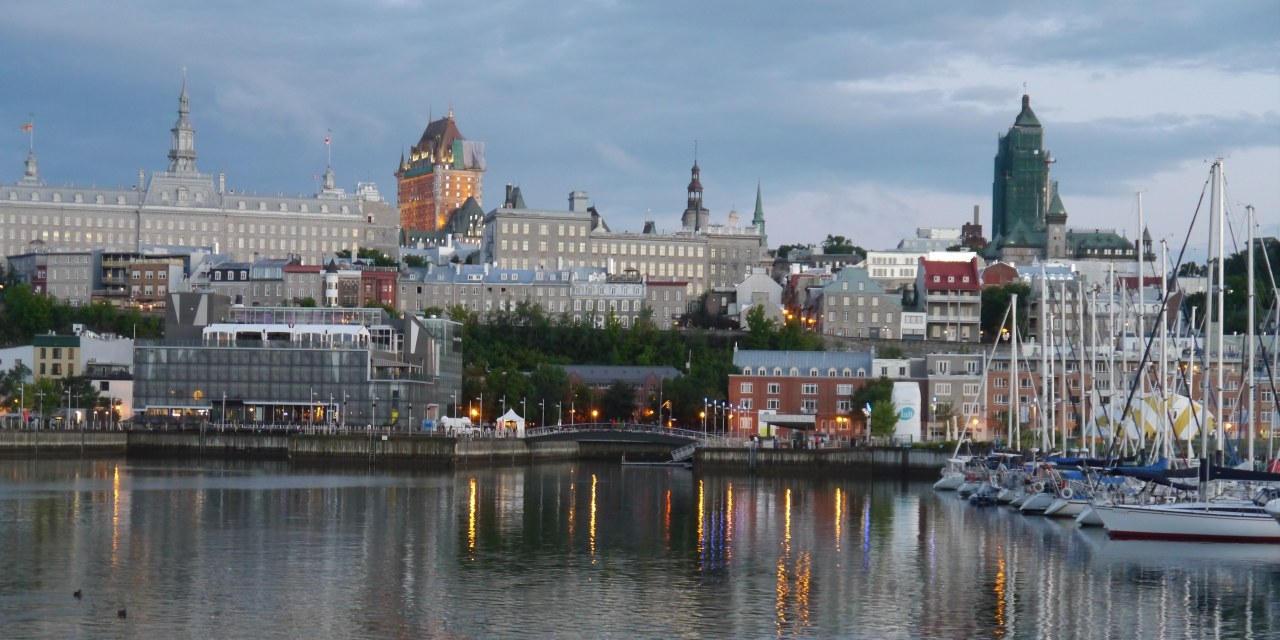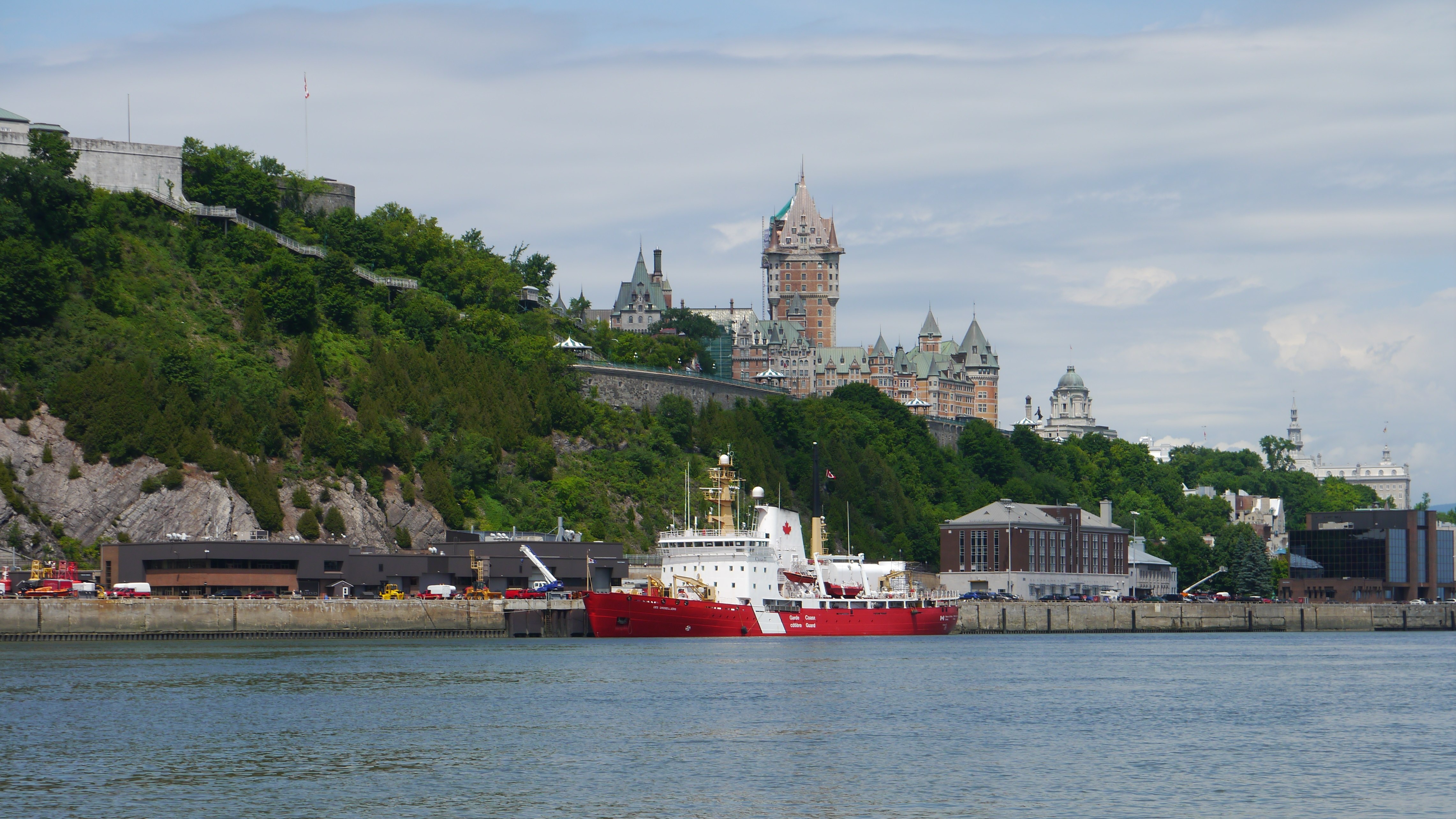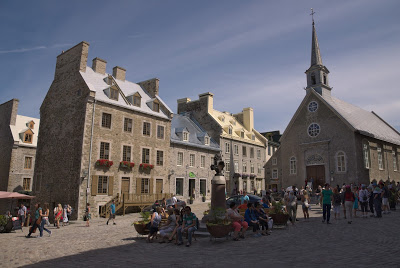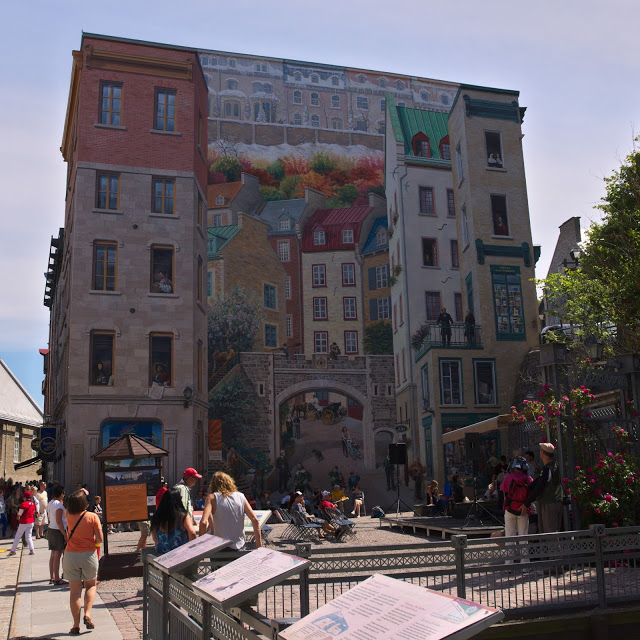Fortifications of Québec National Historic Site Guide : National Parks Navigator
Quebec Parks Canada
What to visit?
Quebec was the traditional summer home of the Iroquois people (at least in 1535 when Jacques Cartier arrived here) and later came under the control of the Algonquin people (by 1608 when Samuel de Champlain arrived to settle here). The French would establish strong ties to the Algonquin inhabitants and set up a fur trading system. The French Colony grew into New France . The regime came to an abrupt end when the British took control by force in 1759.
These days, Quebec City is a bustling center for tourists, artists, history buffs, and really just anyone who enjoys beauty, excitement and maple soft serve. A must see spot is the Artists' Alley (Rue du Tresor) in the heart the city. It's actually as awesome as it sounds-- an alley full of local artists selling their paintings! Some of them are sketching... and all of them are happy to chat. I enjoy just watching them draw and hearing about their lives. I've never seen anything quite like it and it holds a special place in my imagination.
And don't forget to take the funiculaire from the Dufferin Terrace to the lower city. This is a favorite thing to do in the city and you can even see fireworks over the harbor from it if your timing is right!
There are also tons of cute shops all around the city. Find the best ones on Rue du Petit Champlain .
Booking.comWhere to eat?
Not far from that magical alley, Rue du Tresor, in the area around City Hall, you will stumble upon many fancy yet quaint restaurants. Rue St. Louis, Rue de Buave, and Cote de la Fabrique are especially good restaurant streets.
In the lower city, check out the old French quarter, Place Royale. There, you'll suddenly feel like you're in France. It's all cobblestones and cafes, and there's even a big, beautiful old church, Notre-Dame-des-Victoires.
Do not miss the outdoor market . It's great! They have fruit wines, vegetables, meats, art... EVERYTHING!" From the market, you can see the marina full of lovely sailboats and the snazzy old train station/ bus terminal.
Where to stay?
Accomodations: The most accessible campground in the area is located in the nearby section of Beauport. The Beauport Outdoor Center is only 7 kilometres from the Old City of Quebec and 1 km from the magestic Montmorency Falls (higher than Niagra Falls). No camping in the old City itself. The premier place to stay is always the Chateau Frontenac . There are many other hotels to choose from in th area.
How to get to the Historic Sites?
Access: Via bus, car, bike, plane, train, and even cruise ship. The Quebec City (or RTC) #55 bus stop is near the front gate at the corner of Boulevard Louis-XIV and Boulevard Raymond. Many cruise ships dock right in the Old City port area. The Trans Canada highway will bring you to the two bridges that cross the St. Lawrence (the Quebec Bridge and the Pierre Laporte bridge). If you miss both of these the next town of Levis has a ferry that will take you diectly to the old port just below the walls of the Old City. Bikes are very welcome here with extensive bike paths from the Campground listed above to the inner city as well as extensive paths along the St Lawrence River and its many waterfront parks. Local public transport buses and rental cars are available. See VIA RAIL for train connections and Orleans Express for Bus.
